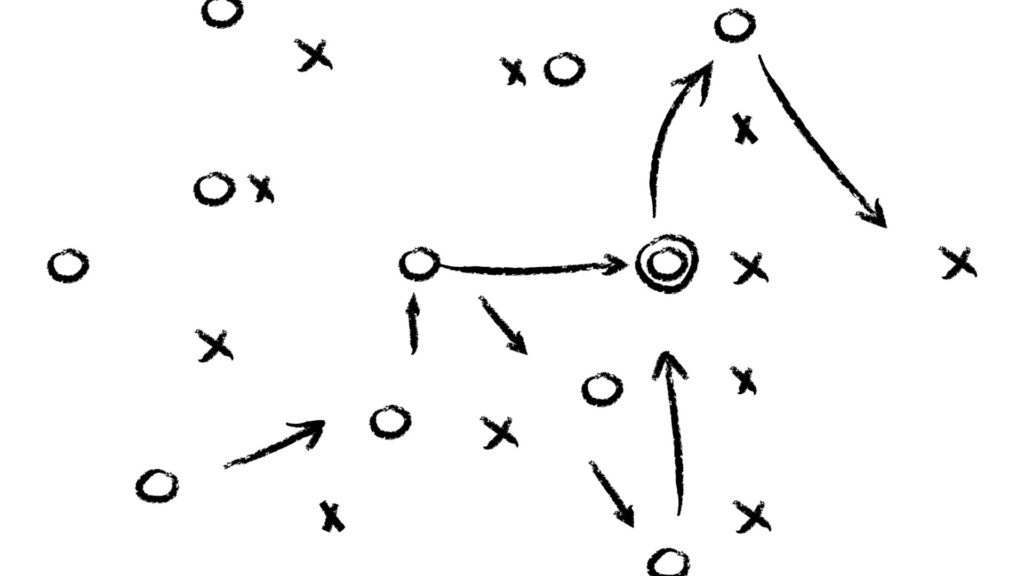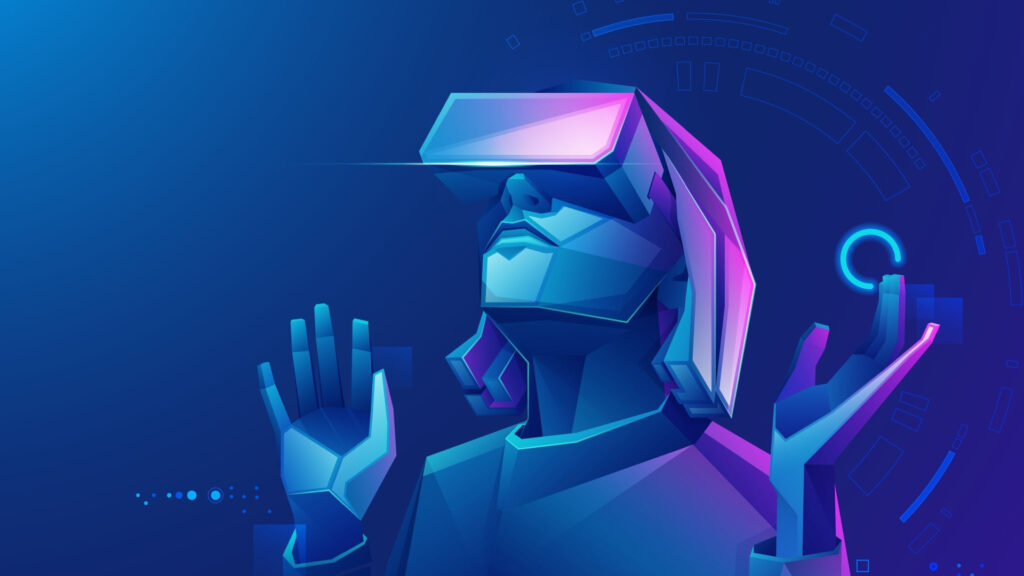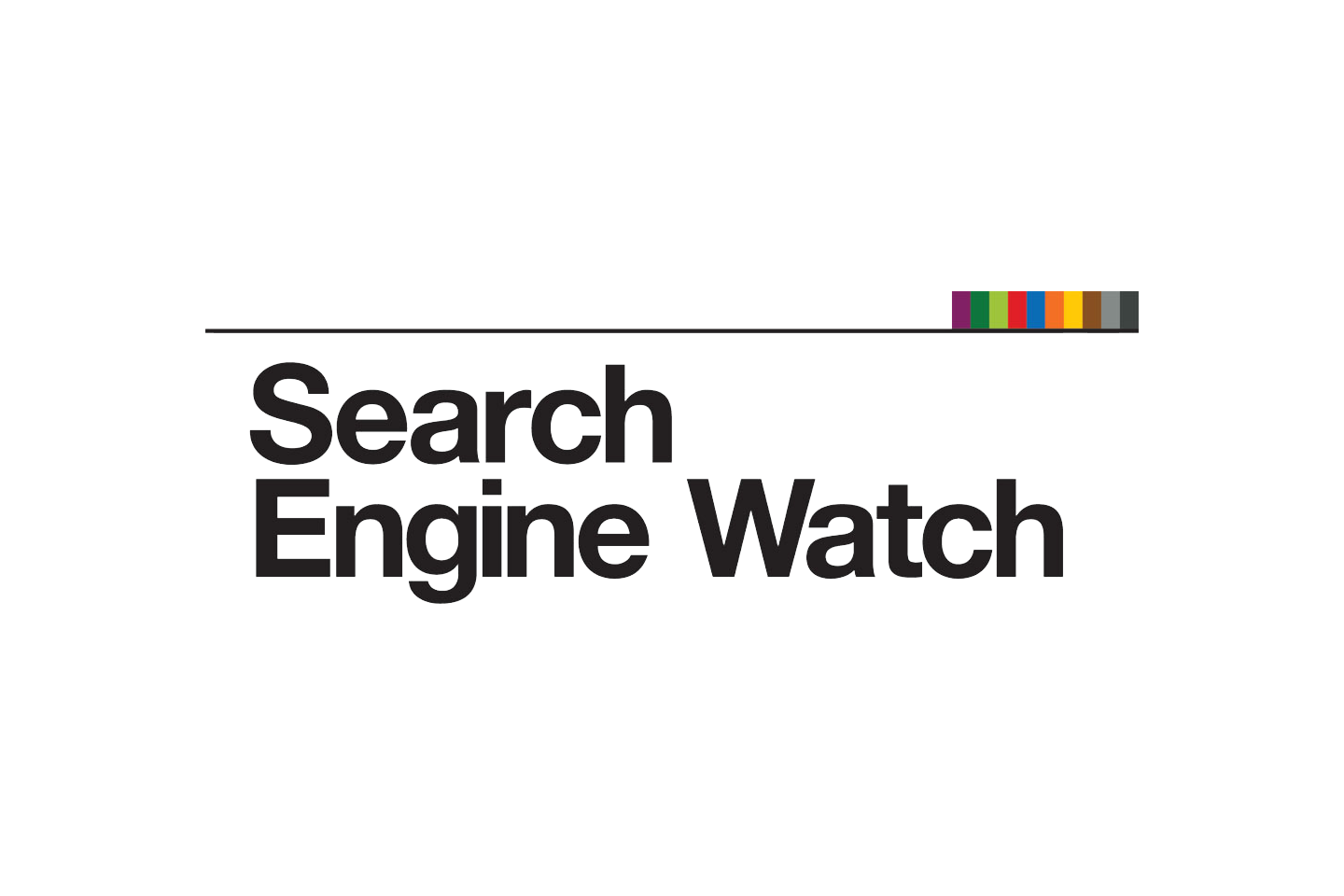Product led growth (PLG) is very custom to each product’s value proposition. This article delves into the essence of PLG, analyzing three strategies employed by thriving Product-Led SaaS companies. Through this exploration, we uncover crucial lessons on executing a successful PLG approach effectively.

Understanding Product-Led Growth in SaaS Companies
In the competitive world of SaaS, acquiring and retaining customers is paramount. With a traditional sales-led approach, companies heavily rely on sales teams to convert leads into paying customers. However, this approach has its limitations. Many potential customers prefer to try out the product before making a purchasing decision. This is where a PLG strategy comes into play, placing the product at the forefront of customer acquisition and retention.
Product-Led Growth (PLG) is a business strategy that focuses on using the product itself as the primary driver of customer acquisition, conversion, and retention. Unlike a sales-led approach, where the sales team takes the lead in convincing potential customers to buy the product, a PLG strategy relies on the product’s value and user experience to attract and retain customers.
A successful PLG strategy encompasses multiple components. Firstly, the product must be intuitive, user-friendly, and solve a real pain point for customers. This means that the product should be designed with the end-user in mind, offering a seamless and enjoyable experience. By addressing a specific pain point, the product becomes more appealing to potential customers, increasing the chances of conversion.
Next, a free or freemium pricing model allows potential customers to experience the value the product offers. Offering a free version of the product allows users to try it out and understand its benefits without committing to a purchase. This approach not only lowers the barrier to entry but also gives customers the opportunity to see the value the product provides before making a financial commitment.
Additionally, frictionless onboarding is a crucial element of a successful PLG strategy. When users sign up for a product, they should be able to quickly and easily get started without any hurdles. A smooth onboarding process ensures that users can start using the product immediately, reducing the chances of drop-offs and increasing user engagement.
Seamless integration with other tools and platforms is another important component of a PLG strategy. By integrating with popular tools and platforms that customers already use, the product becomes more valuable and convenient. This integration allows users to streamline their workflows and maximize the benefits of the product, further enhancing the user experience.
Customer-centric support is also crucial in a PLG strategy. Providing excellent customer support ensures that users have a positive experience with the product and can easily resolve any issues or questions they may have. This support can come in the form of live chat, email support, or comprehensive documentation. By prioritizing customer satisfaction, companies can build trust and loyalty, leading to higher customer retention rates.
In conclusion, a successful PLG strategy in SaaS companies revolves around placing the product at the forefront of customer acquisition and retention. By focusing on creating an intuitive product, offering a free or freemium pricing model, ensuring frictionless onboarding, seamless integration, and providing customer-centric support, companies can drive growth and success in the competitive SaaS market.
Profiling Top Product-Led Strategies

Product-Led Growth (PLG) has emerged as a powerful strategy for SaaS companies to drive customer acquisition, engagement, and retention. In this article, we will explore three PLG strategies that have achieved remarkable success for SaaS products.
Strategy 1: Customer-Centric
Strategy 1 has embraced a customer-centric PLG strategy, focusing on providing exceptional user experience. Their product offers a free plan with limited features, enticing customers to upgrade to a paid plan for additional functionality. By consistently refining their product based on user feedback and data analysis, they have achieved remarkable growth and customer satisfaction.
One of the key factors contributing to Strategy 1’s success is their commitment to understanding their customers’ needs and pain points. They actively seek feedback from their users, whether through surveys, user interviews, or online communities. This customer-centric approach allows them to identify areas for improvement and prioritize feature development accordingly.
Moreover, Strategy 1 leverages data analysis to gain valuable insights into user behavior and preferences. By closely monitoring user interactions, they can identify patterns and pain points that may hinder the user experience. This data-driven approach enables them to make informed decisions and continuously optimize their product to meet customer expectations.
Strategy 2: Data-Driven
Strategy 2’s PLG strategy revolves around a data-driven approach. Through extensive analytics and user behavior tracking, they identify user patterns and pain points. By continuously improving their product based on data insights, they create a frictionless experience for users, resulting in high customer engagement and conversion rates.
One of the key strengths of Strategy 2 is their ability to leverage data to make informed decisions. They employ advanced analytics tools to track user behavior, such as click-through rates, time spent on different features, and conversion rates. This data allows them to identify bottlenecks in the user journey and optimize their product accordingly.
Furthermore, Strategy 2 conducts A/B testing to experiment with different product variations and measure their impact on user engagement and conversion. This iterative approach enables them to continuously refine their product and deliver an exceptional user experience.
Strategy 3: Innovation-Focused
Strategy 3 adopts an innovation-focused PLG strategy. They prioritize pushing boundaries by introducing cutting-edge features and functionalities. This approach not only attracts new customers but also delights existing ones, fostering customer loyalty and advocacy. By consistently staying ahead of the curve, they have established themselves as a leader in the industry.
One of the key elements of Strategy 3’s success is their emphasis on innovation. They invest heavily in research and development to identify emerging trends and technologies that can enhance their product offering. By being at the forefront of innovation, they can differentiate themselves from competitors and capture the attention of potential customers.
Moreover, Strategy 3 actively engages with their user community to gather feedback and ideas for new features. They have built a strong feedback loop, where users can submit suggestions and vote on features they would like to see in the product. This collaborative approach not only ensures that their product aligns with customer needs but also creates a sense of ownership and loyalty among their user base.
In conclusion, these three strategies have successfully implemented PLG tactics and achieved remarkable growth and customer satisfaction. Whether through a customer-centric approach, data-driven decision-making, or innovation-focused strategies, these strategies have demonstrated the power of PLG in driving SaaS success.
Analyzing Different PLG Strategies

Product-Led Growth (PLG) strategies have become increasingly popular in the software industry as companies seek to drive organic growth and create long-term customer relationships. In this article, we will explore three different types of PLG strategies: customer-centric, data-driven, and innovation-focused.
Customer-Centric PLG Strategies
Customer-centric PLG strategies prioritize understanding customer needs and providing tailored experiences. By offering personalized onboarding, proactive customer support, and gathering user feedback, companies can continuously enhance the product and exceed customer expectations.
For example, a customer-centric PLG strategy may involve conducting user surveys to gather insights on pain points and preferences. This data can then be used to improve the onboarding process, ensuring that new users have a seamless experience from the start. Additionally, companies can provide proactive customer support, reaching out to users who may be struggling with the product and offering assistance.
By focusing on the customer and their needs, companies can foster long-term customer relationships and drive organic growth through positive word-of-mouth. Satisfied customers are more likely to recommend the product to others, leading to a wider customer base and increased revenue.
Data-Driven PLG Strategies
Data-driven PLG strategies leverage user behavior data to optimize the product and customer experience. By analyzing usage patterns, identifying drop-off points, and using predictive analytics, companies can make informed decisions to improve conversion rates, increase engagement, and reduce churn.
For instance, a data-driven PLG strategy may involve analyzing user behavior within the product to identify areas where users are dropping off or experiencing difficulties. By addressing these pain points, companies can improve the user experience and increase the likelihood of users converting to paid customers.
Furthermore, predictive analytics can be used to anticipate customer needs and provide personalized recommendations. By understanding user preferences and behavior, companies can deliver targeted content and features, increasing user engagement and satisfaction.
This strategy empowers companies to iterate rapidly and effectively respond to changing customer needs. By leveraging data, companies can make data-driven decisions that lead to product improvements and ultimately, business growth.
Innovation-Focused PLG Strategies
Innovation-focused PLG strategies emphasize creating unique value propositions through continuous product innovation. By staying ahead of the competition and introducing groundbreaking features, companies can differentiate themselves and capture market share.
For example, an innovation-focused PLG strategy may involve regularly releasing updates and new features to keep users engaged and excited about the product. By listening to user feedback and staying up-to-date with industry trends, companies can identify opportunities for innovation and deliver a product that exceeds customer expectations.
This strategy appeals to early adopters and tech enthusiasts who are always on the lookout for the latest advancements. By positioning themselves as industry leaders and pioneers, companies can gain a competitive edge and achieve exponential growth.
Moreover, an innovation-focused PLG strategy encourages a culture of creativity and continuous improvement within the company. By fostering an environment that values innovation, companies can attract top talent and drive ongoing product development.
In conclusion, there are various PLG strategies that companies can adopt to drive organic growth and create long-term customer relationships. Whether it’s a customer-centric approach, a data-driven strategy, or an innovation-focused mindset, each strategy has its own benefits and can contribute to the success of a product-led growth strategy.
The Impact of PLG on SaaS Business Performance

Revenue Growth and PLG
PLG, or Product-Led Growth, can significantly impact revenue growth for SaaS companies. By offering freemium plans, companies can attract a large user base, which serves as a potential pool of paying customers. This approach allows companies to showcase the value of their product and build trust with users before asking them to commit financially.
From this user base, a percentage eventually converts to paying customers, contributing to revenue growth. This conversion rate can be influenced by various factors, such as the effectiveness of the freemium offering, the product’s user experience, and the company’s ability to nurture leads. By leveraging PLG, companies can tap into a wider market and increase their chances of converting users into paying customers.
Additionally, PLG promotes upselling and cross-selling opportunities, further boosting revenue. Once users have experienced the value of the free version, they may be more inclined to upgrade to a paid plan that offers additional features and benefits. This not only increases the average revenue per user but also enhances the overall customer experience.
Through data-driven optimization and customer-centric strategies, companies can maximize their revenue potential. By analyzing user behavior, companies can identify patterns and trends that can inform product improvements and marketing strategies. This data-driven approach allows companies to make informed decisions that lead to higher conversion rates, increased customer lifetime value, and ultimately, revenue growth.
Customer Retention and PLG
Customer retention is crucial for long-term success in the SaaS industry. PLG strategies inherently focus on creating a superior user experience, leading to higher customer satisfaction and lower churn rates.
By continuously delivering value, engaging customers through personalized experiences, and actively addressing their pain points, companies can foster loyalty and ensure a strong customer base. PLG companies often prioritize customer feedback and use it to drive product improvements, ensuring that their offerings align with user needs and expectations.
Furthermore, PLG allows companies to build strong relationships with their customers by providing ongoing support and resources. By offering educational content, tutorials, and responsive customer service, companies can empower users to make the most of their product and overcome any challenges they may encounter.
Another key aspect of PLG is the focus on community building. By creating a platform for users to interact with one another, share insights, and exchange best practices, companies can foster a sense of belonging and create a network effect. This community-driven approach not only strengthens customer relationships but also encourages user advocacy and word-of-mouth referrals.
In conclusion, PLG has a significant impact on SaaS business performance. By driving revenue growth through freemium offerings and upselling opportunities, as well as prioritizing customer retention through superior user experiences and community building, companies can position themselves for long-term success in the competitive SaaS market.
Future Trends in Product-Led Growth Strategies

The future of Product-Led Growth (PLG) is promising, as companies continue to refine their strategies and explore new avenues for customer acquisition and retention. PLG, a customer-centric approach to business, has gained significant traction in the Software as a Service (SaaS) industry, and its potential for growth is only expected to increase in the coming years.
Predicted Developments in PLG
One of the key areas where PLG is expected to see significant developments is in the realm of personalization. With the advancements in artificial intelligence (AI) technology, companies can now leverage AI-powered personalization to deliver tailored user experiences. By analyzing user behavior and preferences, AI algorithms can provide personalized recommendations, content, and features, enhancing user engagement and satisfaction.
Another area that is predicted to play a vital role in PLG is chatbot assistance. Chatbots, powered by natural language processing and machine learning, can provide instant support and guidance to users, improving their onboarding experience and reducing the need for human intervention. These intelligent chatbots can answer frequently asked questions, provide product demonstrations, and even assist in troubleshooting, ensuring a seamless user journey.
Enhanced analytics capabilities are also expected to shape the future of PLG. By leveraging advanced analytics tools and techniques, companies can gain deeper insights into user behavior, product usage patterns, and customer preferences. This data-driven approach enables companies to make informed decisions, optimize their product offerings, and identify opportunities for upselling and cross-selling.
Furthermore, emerging technologies such as virtual reality (VR) and augmented reality (AR) hold immense potential for product onboarding and customer engagement. By creating immersive and interactive experiences, companies can showcase the value and functionality of their products in a more engaging and memorable way. VR and AR can be particularly beneficial for complex or technical products, allowing users to explore and interact with the product virtually before making a purchase decision.
Adapting to Changes in PLG Trends
As the SaaS industry continues to evolve, companies must remain agile and adaptable to stay ahead of the competition. Staying updated with changing customer preferences, emerging technologies, and market dynamics is crucial for success in the PLG landscape.
Successful companies will proactively experiment with new tactics and strategies, continuously analyze data, and iterate their PLG approaches. This iterative process allows companies to test different hypotheses, measure their impact, and optimize their strategies based on real-time feedback. By embracing a culture of experimentation and learning, companies can adapt to changing trends and customer needs more effectively.
Moreover, collaboration and knowledge sharing within the industry can also play a significant role in adapting to changes in PLG trends. By participating in industry events, conferences, and online communities, companies can learn from each other’s experiences, gain insights into best practices, and stay updated with the latest trends and innovations in PLG.
In conclusion, Product-Led Growth is reshaping the SaaS industry, providing a customer-centric approach to customer acquisition and retention. By examining the strategies of successful Product-Led SaaS companies, we can gain valuable insights into implementing an effective PLG strategy. As the industry continues to evolve, the future of PLG holds exciting opportunities for businesses willing to embrace innovation and prioritize customer success.










